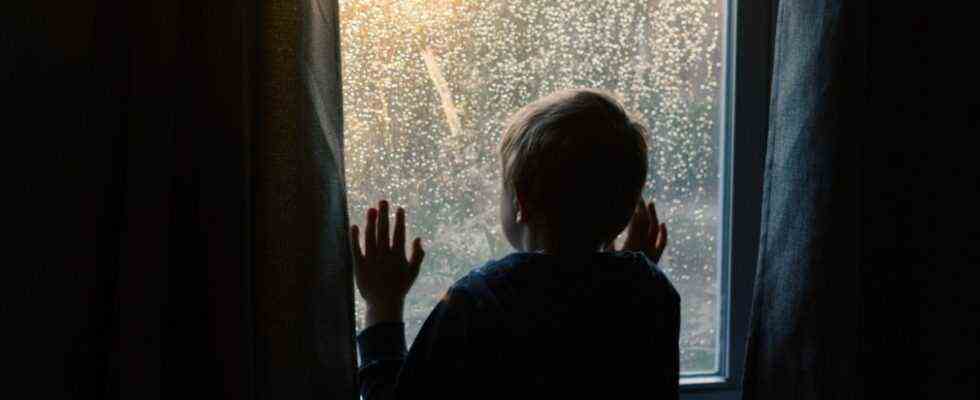The number of children and adolescents with serious mental health problems increased worldwide during the pandemic. Since Sars-CoV-2 has dominated life all over the planet, around twice as many young people have suffered from symptoms of depression or anxiety disorder than before. All in all, one in four of the youngest generation could have developed depression and one in five generalized anxiety symptoms, estimated Canadian researchers in a meta-analysis that included data from 29 individual studies with a total of almost 81,000 young participants.
The researchers headed by Nicole Racine from the University of Calgary cite im as the reason for the increase Trade journal Jama Pediatrics especially the social isolation of young people. It not only meant limited contact with friends, but also meant that offers of help from teachers, school psychologists and counselors were largely eliminated. Schools are often the first port of call for children with problems, warn the authors.
It is the first worldwide evaluation of the development of the mental health of young people during the pandemic. The exact figures should be interpreted with caution and cannot simply be applied to individual countries. They are only based on the not always reliable information from families, do not include all regions of the world and also only offer a snapshot. Nevertheless, they allow one to get a feel for who is particularly at risk in the younger generation.
The analysis shows that girls were more often plagued by symptoms of depression and anxiety than boys. The authors suspect that the causes are greater biological susceptibility, but also the fact that girls tend to be less self-confident, experience violence more frequently, and in parts of the world have poorer development opportunities than their male peers.
In addition, the work reveals that signs of depression were more common in older children and adolescents. This could be due to a generally higher susceptibility associated with puberty and its hormonal changes. However, one influencing factor could also be that the contacts with peers, which are particularly important in this age group, were lost.
Disturbed daily routines could have burdened the little ones in particular
In the case of fears, however, there was no pronounced age difference, although the mechanisms of development seem to be quite different for smaller and larger children. Older adolescents who are more sensitive to their surroundings are more likely to have suffered more clearly from health concerns, stress and strain in their families, as well as general insecurity. For younger children, the fact that daily routines were disrupted may have had an adverse effect. The psychologists therefore advise parents to maintain reliable processes or to introduce new ones. Time for school work, sleep, mobile phone games and physical activity should follow strict rules whenever possible.
The evaluated studies provide evidence that mental disorders tended to increase in the course of the pandemic, although the data regarding the course are patchy. Nevertheless, the authors do not rule out the influence of time. It could also have been the duration of the restrictions and changes that wore down more and more children. Some burdens, such as financial losses for families, may also take a certain amount of time to have an impact.
In any case, Racine and colleagues expect that more children will need psychological counseling and treatment in the near future – and urge them to make the resources available.

